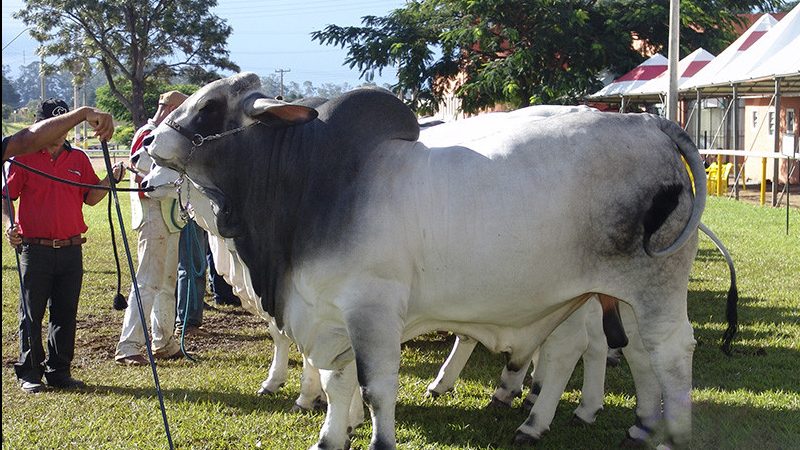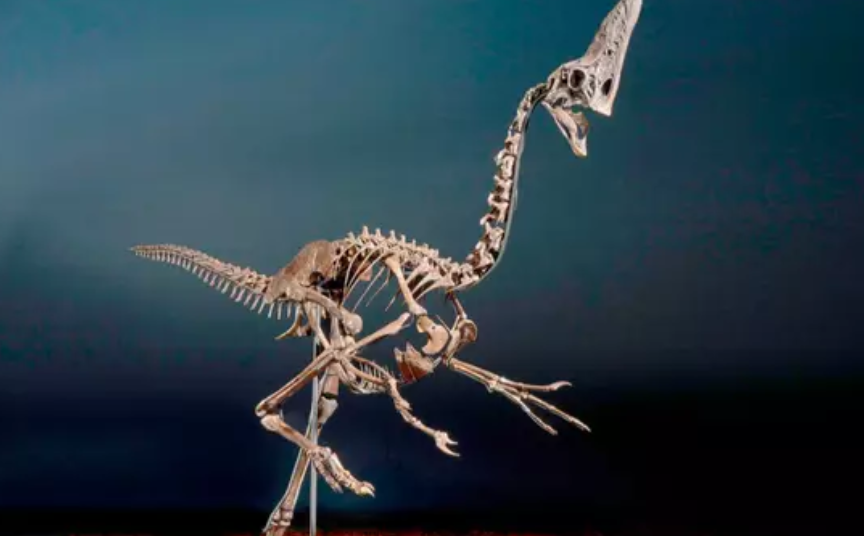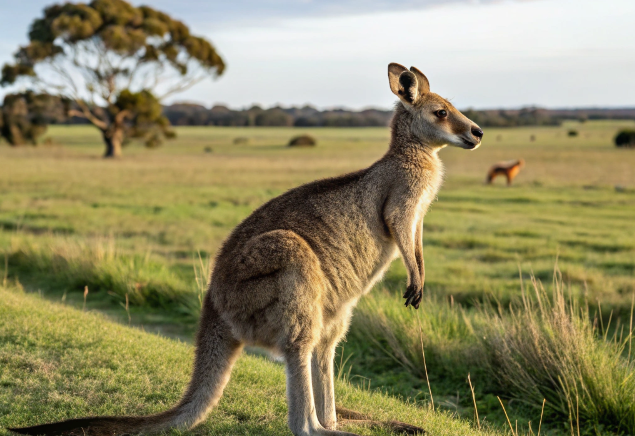What Makes The Brahman Cattle Cow So Interesting?

© Oklahoma State University
Welcome to the wild and woolly world of Brahman cattle! These bovine superstars hail from the vibrant heart of India, where they have weathered the storm of tropical challenges to become the ultimate survivors. From their distinctive humps to their cool-as-a-cucumber demeanor, Brahman cattle are like the rockstars of the animal kingdom.
So, saddle up and join us on a hoof-tapping adventure through the fascinating world of these sacred and sassy creatures!
Brahman Cattle Cow Origins
The Brahman breed of cattle originated in India from the Bos indicus cattle and developed unique survival adaptations over centuries due to challenging environmental conditions. These cattle are considered sacred in Hinduism, leading to restrictions on their consumption, slaughter, and sale. Importing them to the United States was historically challenging due to quarantine regulations.
Brahman cattle are characterized by a distinctive hump over their shoulder and neck, upward-curving horns, large pendulous ears, and excess skin on the throat and dewlap. They have more developed sweat glands, producing an odoriferous secretion to repel insects.
How Did The Breed Develop?
The breed was developed in the United States using three principal Indian strains: Guzerat, Nellore, and Gir, with Guzerat being preferred. The initial introduction of Indian cattle occurred in the mid-19th century. Later on with subsequent imports in the late 1800s and early 1900s, gradually concentrating Bos indicus bloodlines in the U.S.
The breed development in the early 20th century saw Bos indicus traits integrated with other cattle breeds, resulting in animals well-suited for beef production. Brahman cattle are of intermediate size, with bulls weighing 1600-2200 pounds and cows 1000-1400 pounds. They can easily adapt, show hardiness, and have rapid calf growth.
Characteristics of The Breed
Brahmans vary in color from light grey to almost black, with most being light to medium grey. They have heat tolerance, which lets them thrive in high temperatures. This is all thanks to features like their hair coat, black pigmented skin, loose skin, sweating ability, and lower internal body heat production.
The Brahman breed has rapidly grown outside of the United States and played a significant role in breeding cattle exports. This demonstrates the breed’s adaptability and popularity in various climates and regions.
Brahman cattle are valued for their ability to withstand hot and humid weather, and resist insects. Additionally, they are also known for high dressing percentages and valuable carcass cuts.
What do you think about these incredible Brahman cattle and their unique traits? Have you ever encountered one of these humped wonders in person?


